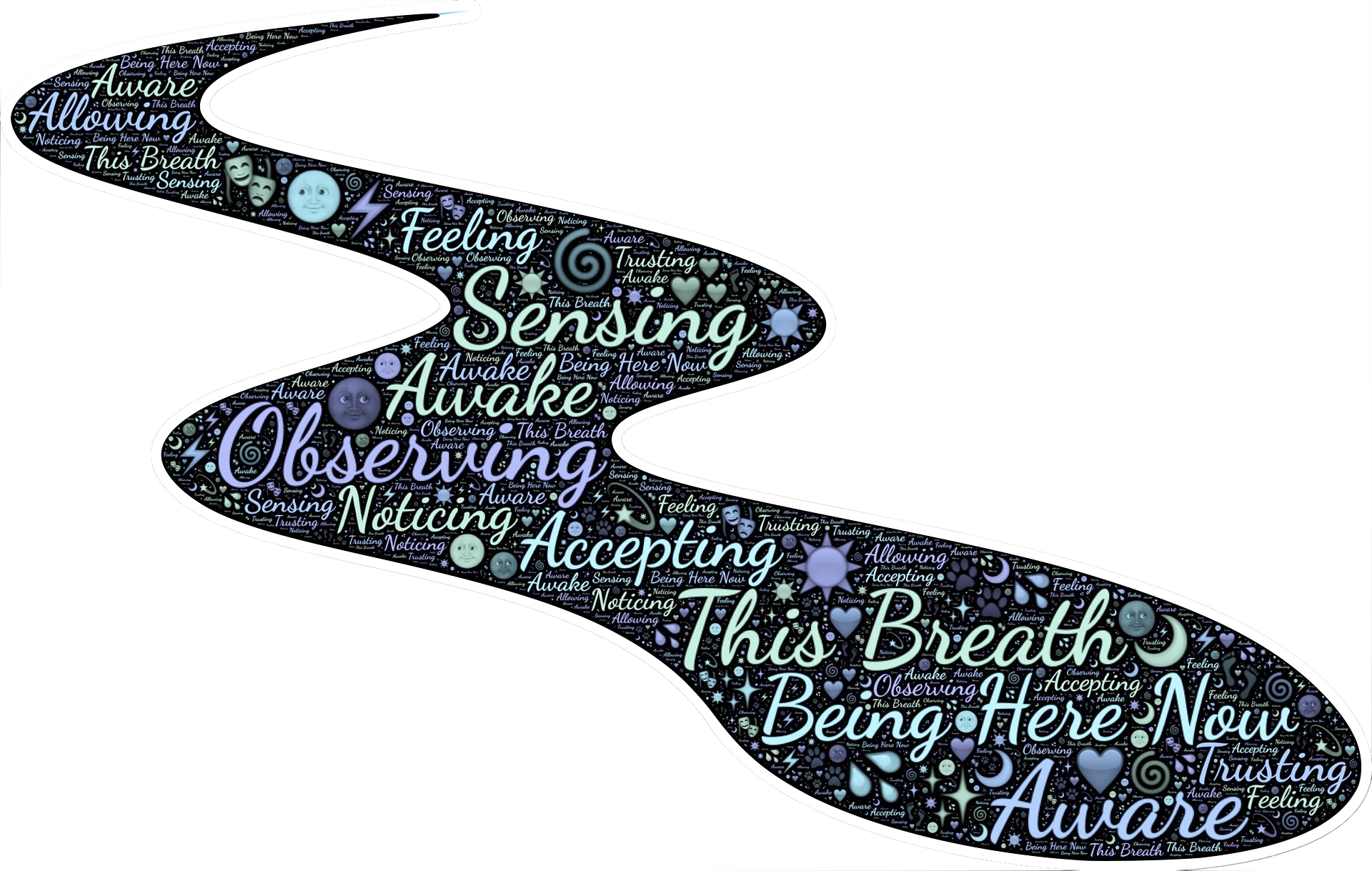Necrotizing pancreatitis
Severe cases of acute pancreatitis can develop into necrotizing pancreatitis, which refers to the death of cells due to disease. This occurs in about 10 percentTrusted Source of acute pancreatitis cases, typically when pancreatitis is left untreated. Inflammation from pancreatitis can cause digestive enzymes to leak into the pancreas. This can result in damage and death of the tissue, leading to necrotizing pancreatitis. Your doctor may order an abdominal ultrasound or CT scan to diagnose the condition. If you have necrotizing pancreatitis, your doctor may take a sample of the dead tissue to make sure it hasn’t become infected. If you have an infection, you’ll likely need to take antibiotics and may need to have the dead tissue removed. The infection of dead tissue increases the risk of death from necrotizing pancreatitis, so it’s very important to seek treatment as quickly as possible.



